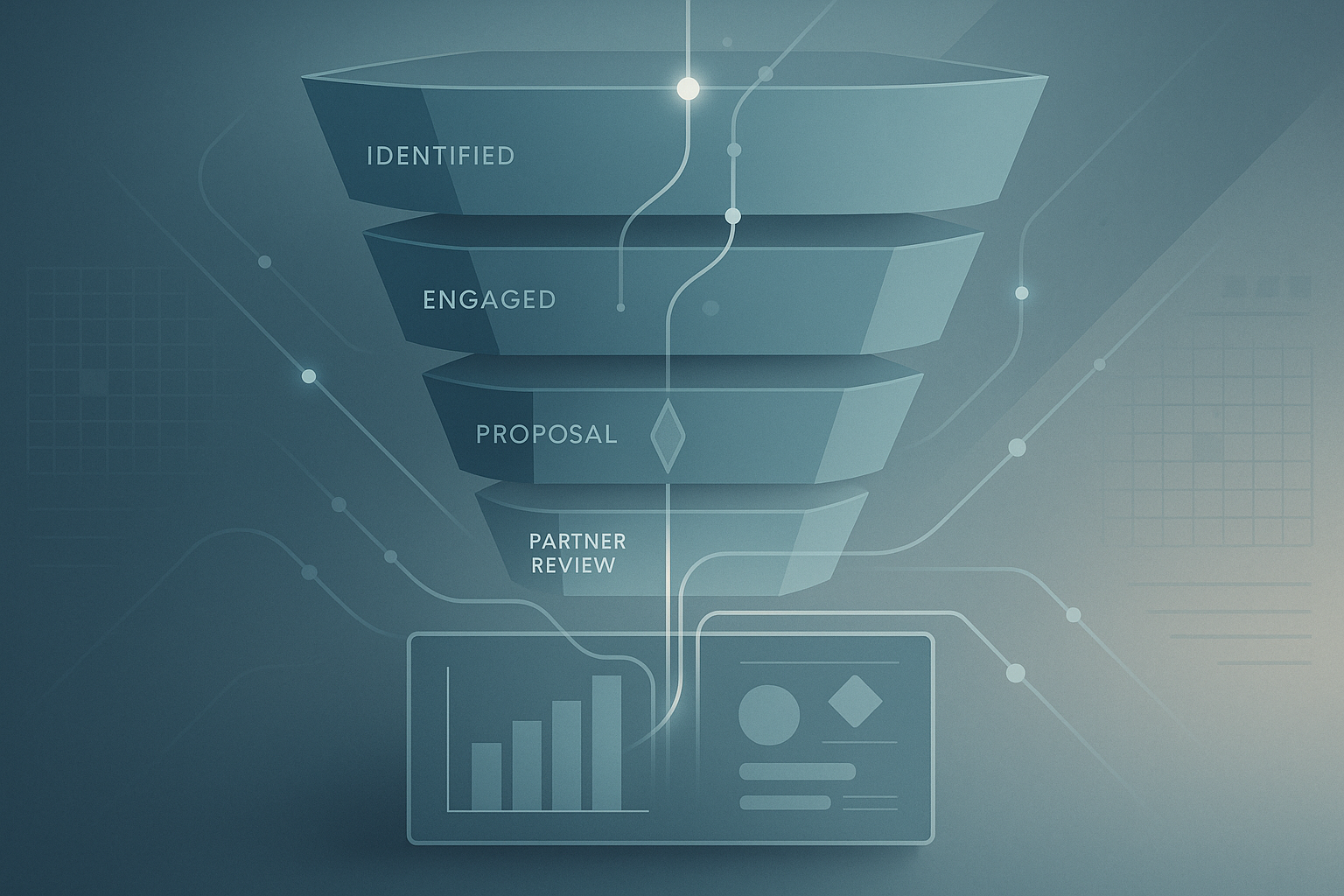How do professional services marketers succeed using marketing automation?
Digital Marketing
Digital Transformation

So you’ve heard about marketing automation and feel you really should be using it, but don’t know where to start. Or you may already have adopted an automated system but just don’t feel it’s being particularly successful.
First of all, what exactly does the term cover? Marketing automation simply refers to the software available, which can automate many of those repetitive tasks you have to carry out such as email, social media, lead scoring and other marketing activity. A good system will take all these functions but also look at the end goal of helping you generate leads through to conversion by offering highly personalised and useful content.
The reason it sometimes gets a bad press is that some marketers see it as quick-fix, expecting the technology will deliver the growth they seek without thinking about the bigger picture.
Take a look at the key steps professional marketers are using to get the very most from their automated system.
Choose the right platform
It’s vital that you choose the software and company that best suit your business. There’s no denying that there are a vast number of players in today’s marketing automation market so the decision can seem overwhelming; Salesforce, HubSpot, Act-On, Marketo, Responsys and Keap to name a few... how do you choose?
Select one that deals with your size and type of business. Carefully consider what you want it for. Do you have a lot of customer records and need it to have an in-built CRM system? Will you be using it for analytics? Is an emphasis on social media important? SEO? Lead acquisition? Once you’ve narrowed the field by defining your requirements, think about things like the user interface and dashboard and what the support system is like. Will you be able to build a long term relationship with the vendor?
Understand the audience and what they want
It’s no good having a brand new shiny system if you’re not targeting the right people with it, which underlines the importance of taking the time to carefully draw up a profile of your ideal customer and what they’re looking for. What are their hopes and aspirations, their challenges and common objectives?
Read more: You know your 'marketing personas', but what are your 'seller personas'?
Understand the buyer’s journey
Next, it’s important to be aware of what point your buyer is at on their purchasing journey; awareness, consideration or decision. By understanding this, you can ensure the automation is serving up the right content and messaging. You will also have a better appreciation of the type of material your contacts are likely to respond to.
Resist the temptation to sell too early. If your prospect is at the awareness stage, you need to be educating them about the problem they’re facing - blogs, whitepapers and analyst reports will work well here. Moving on to the consideration stage, it’s more about the possible solutions available so you could try podcasts or videos.
Once they’re at the decision stage and only then, it’s time to start talking about your particular product or service and mention brand names. It’s a good idea to use case studies, free trials and live demos at this point. But whatever the format, you need to be creating relevant and engaging content that your ideal persona is going to be interested in.
Manage your data
You have to be using the right data. Don’t shoot the messenger! It’s no good blaming your system if you’re feeding it with out-of-date or inaccurate data. The best data comes from existing clients and organic acquisition.
The tendency can often be to buy lists so that you feel you are feeding the sales funnel but this doesn’t provide a structured process of generating leads in the first place nor does it create fertile ground for ongoing relationships with your customers.
Consider enriching the data through automation. When leads subscribe to your content, use it as an opportunity to ask further questions to supplement the data - this can be handled automatically by many of the leading platforms.
Testing, reporting and managing campaigns on an ongoing basis
The great thing about a marketing automation system is that you‘ve got concrete evidence at your fingertips to see how a campaign is performing. You know how many people have clicked on a certain ad or reached a particular landing page and how many clicks have then converted to people downloading a guide or booking a consultation. If something doesn’t seem to be working, you can change a subject line or the layout of a page. Use A/B testing to gradually modify your campaigns to see what is more successful with your audience.
Never before have marketers had such access to the tools and data that allow them to execute successful campaigns, whilst demonstrating ROI to the powers that be.
Success with automation won’t just be automatic, but by following the points above, you can make sure your system delivers the right results for your business.


